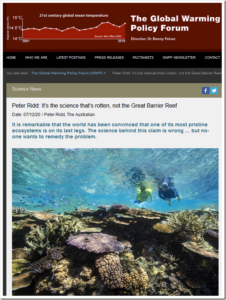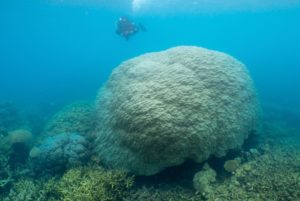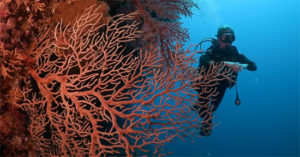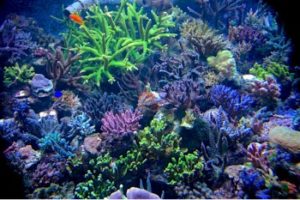by K. Richard, Apr 3, 2025 in NoTricksZone
Coral reefs expand and thrive as sea levels rise, whereas they undergo millennia of growth hiatuses and “turn-off” or “mass mortality” phases when sea levels fall.
According to a new global sea level reconstruction (Feldman et al., 2025), global sea levels were meters higher than today 7000 to 5000 years ago. Global sea levels fell thereafter throughout the late Holocene.
From approximately 4500 years ago until 640 years ago, previously thriving coral reefs endured “mass mortality” and “turn-off” phases due to incrementally declining accommodation space in the Red Sea region.
This millennial-scale “turn-off” reef growth period was not just limited to this study area, but coral cover decline has been a global phenomenon associated with global sea level fall throughout the late Holocene.
“A global hiatus in coral reef development […] was largely driven by eustatic sea level drop during the late Holocene and caused a lack of vertical accommodation space…”
“In this study, we propose not just a local sea level condition causing specific reef turn-offs or hiatuses, but rather a global phenomenon of sea level fall.”
“A reduction in accommodation space through receding sea levels resulted in mass mortality or sea level constrained corals.”
Considering rising sea levels are advantageous to corals and falling sea levels largely eliminate the potential for growth, future sea level rise may lead to a “significant increase in coral cover”.
“Future sea level rise could provide additional accommodation space for currently sea level-constrained reef systems, potentially leading to a significant increase in coral cover.”
…





